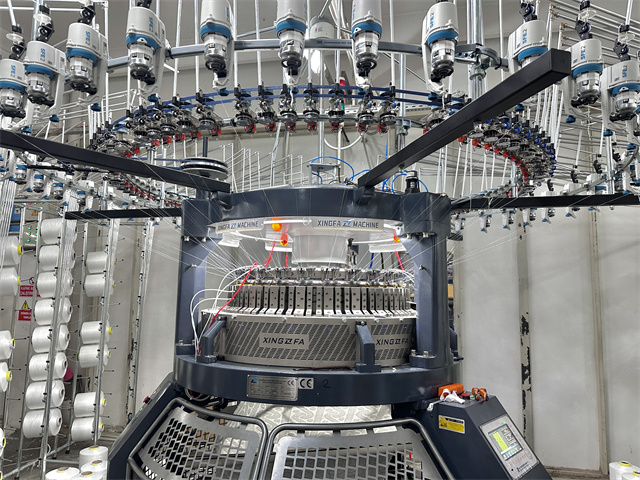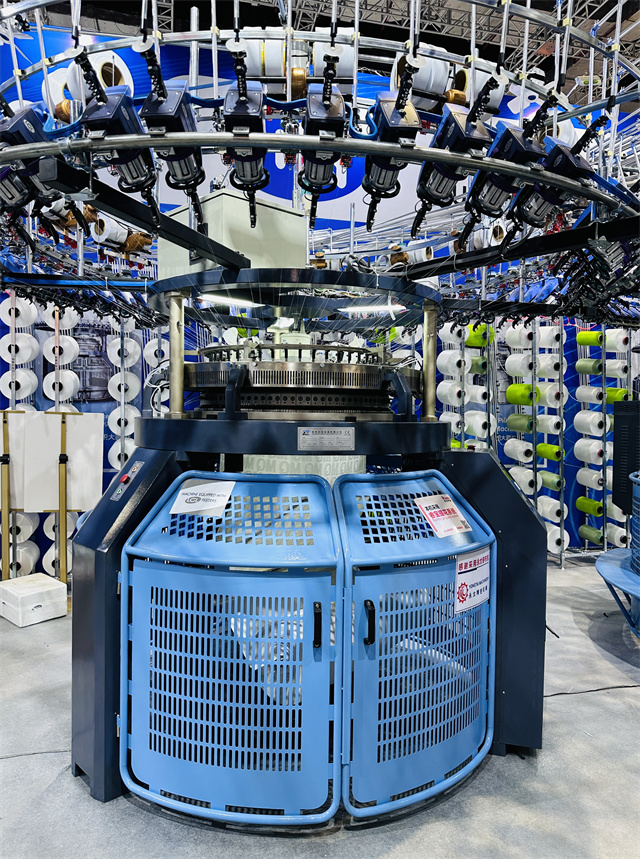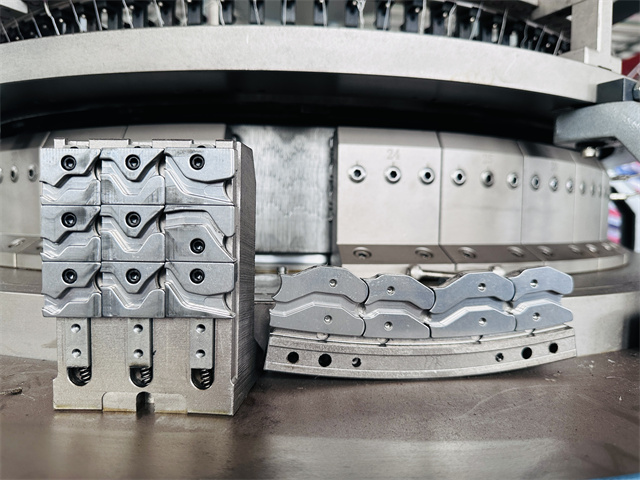Author:Xingfa Knitting MachineFROM:Circular Knitting Machine Manufacturer TIME:2024-03-08
Needle circular knitting machines have played a pivotal role in the textile industry, revolutionizing the way knitted fabrics are produced. The development history of these machines is a testament to human innovation and engineering prowess, with significant advancements made over the years to improve efficiency and versatility. From its humble beginnings to the modern, state-of-the-art machines, the evolution of needle circular knitting machines is a fascinating journey that has shaped the textile industry as we know it today.
The origins of needle circular knitting machines can be traced back to the 19th century, with early prototypes using a simple cylindrical arrangement of needles to create knitted fabrics. These pioneering machines were manual and required skilled operators to produce fabrics, limiting their productivity and output. However, they laid the groundwork for future developments in knitting technology and sparked the interest of inventors and engineers.

With the onset of the industrial revolution, the demand for faster and more efficient production methods led to the mechanization of knitting processes. Inventors and engineers began experimenting with various mechanisms to automate the knitting process, leading to the development of the first power-driven circular knitting machines. These early mechanized machines significantly boosted productivity and paved the way for the widespread adoption of knitted fabrics in various industries.
In the early 20th century, the introduction of circular sinker technology marked a significant advancement in needle circular knitting machines. This innovation enabled the production of intricate and complex patterns, as well as the incorporation of different yarn types, opening up new possibilities for knitted fabric designs. Circular sinker technology rapidly gained popularity, driving further research and development in knitting technology.
As the textile industry entered the digital age, needle circular knitting machines underwent a major transformation with the integration of computerized controls. This breakthrough allowed for precise control over stitch formation, fabric tension, and pattern creation, reducing manual intervention and improving the quality of knitted fabrics. Computerized knitting machines also offered greater flexibility in design and customization, catering to the evolving demands of the market.
To accommodate an increasingly diverse range of yarns and fibers, advancements in material handling systems became a focal point of development for needle circular knitting machines. Innovations in yarn feeding, tension control, and yarn carriers enhanced the machines' ability to handle various materials with different properties, expanding the scope of applications for knitted fabrics across industries such as fashion, sports, and technical textiles.

In recent decades, a growing emphasis on efficiency and sustainability has driven further innovations in needle circular knitting machines. Manufacturers have focused on optimizing energy consumption, reducing waste, and improving production speeds without sacrificing fabric quality. Additionally, the integration of eco-friendly materials and processes has positioned modern knitting machines as key players in sustainable textile production.

The advent of Industry 4.0 has ushered in a new era for needle circular knitting machines, with the integration of smart technologies, data analytics, and connectivity. These advanced machines are now capable of predictive maintenance, real-time monitoring, and seamless integration with other automated systems, enabling manufacturers to achieve higher levels of productivity, quality control, and operational efficiency.
The development history of needle circular knitting machines is a testament to human ingenuity and technological progress. From the early manual machines to the highly advanced, interconnected systems of today, these machines have continuously evolved to meet the demands of a dynamic textile industry. As we look to the future, it is clear that needle circular knitting machines will continue to drive innovation and shape the fabric of our world.
```

 Tel: +86-13533991359
Tel: +86-13533991359
 Email: info@xingfamachine.com
Email: info@xingfamachine.com
 MP/WhatsApp: +86-13533991359
MP/WhatsApp: +86-13533991359
 Manufacturer Address:B26-1 Taiwanese high-tech industrial base, Luoyang town , Quanzhou city, Fujian PRO. China.
Manufacturer Address:B26-1 Taiwanese high-tech industrial base, Luoyang town , Quanzhou city, Fujian PRO. China.